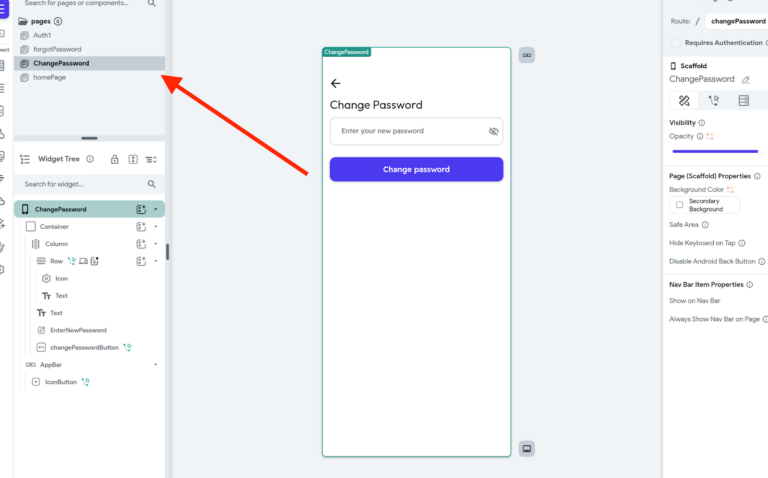Best Low code No code backend open source platforms in 2024
In 2024, open source no-code backend platforms have emerged as a game-changer in software development, redefining how we build applications.
They offer a unique blend of simplicity and power, making application development accessible to all.
In this blog post , we’ll dive into the best 6 open source no-code backend platforms.
Best open source no-code backend platforms
1. Pocketbase
PocketBase is an open-source backend solution, It integrates a real-time database, authentication features, file storage, and an admin dashboard, all condensed into a single file.
This makes it a versatile choice for developing SaaS and mobile applications. PocketBase is extendable, allowing customization via Go and JavaScript hooks, and it’s compatible with various frontend stacks.
Official website : https://pocketbase.io/
2. Directus
Directus is an open-source, headless CMS that offers a flexible and extensible backend for managing and delivering content.
It provides instant REST and GraphQL APIs for any database, enabling easy data manipulation and integration with various technologies.

Directus includes features like custom admin dashboards, file storage, granular access control, and real-time data synchronization. It’s designed to work seamlessly with existing tech stacks, supporting a wide range of frontend frameworks.
Official website :https://directus.io/
3. Supabase
Supabase is an open-source alternative to Firebase, offering a variety of development tools and features.
Key offerings include a Postgres database, authentication services, instant APIs, edge functions, real-time data subscriptions, storage solutions, and vector embeddings for integrating machine learning models.
It supports over 20 frameworks, providing ease of integration and scalability. The platform is designed for simplicity and efficiency, catering to a wide range of development needs from startups to large-scale projects.
Official website : https://supabase.com/
4. Rowy
Rowy is a low-code platform that allows users to manage databases and build backend cloud functions directly from their browsers.
It features a spreadsheet-like UI, is scalable, and integrates with existing databases. Rowy supports over 30 field types and allows for backend logic writing within the same interface.
It’s designed for both no-code simplicity and coding flexibility, enabling users to use npm packages or APIs. Rowy is open-source, compatible with various frameworks and tools, and aims to streamline database management and backend development.
Official website : https://www.rowy.io/
5. Back4app
Back4App is a low-code backend platform for modern app development. It offers features like real-time databases, cloud code functions, and APIs & SDKs (including GraphQL/REST) for easy integration with various programming languages.
The platform emphasizes ease of use and scalability, with a focus on reducing backend complexity without sacrificing functionality. Back4App is open-source, supports relational data, and has straightforward pricing.
It is designed to accelerate app development, from prototyping to scaling, and is trusted by startups worldwide.
Official website : https://www.back4app.com/
6. Budibase
Budibase is a platform for building internal tools quickly and easily. It’s open-source and supports self-hosting on-premise.
Budibase is designed to save time in app development, offering features for creating management apps, portals, approval flows, forms, and admin panels. It integrates with various data sources, including databases and APIs, and provides a range of pre-built components and templates for app design.
Budibase also includes automation capabilities and enterprise-grade security features, making it suitable for various organizational needs.
Official website : https://budibase.com/
Related :
How to start a tech startup without knowing how to code (30 Days Plan)
10 Successful No Code SaaS Examples and Their No-Code Tech Stack



